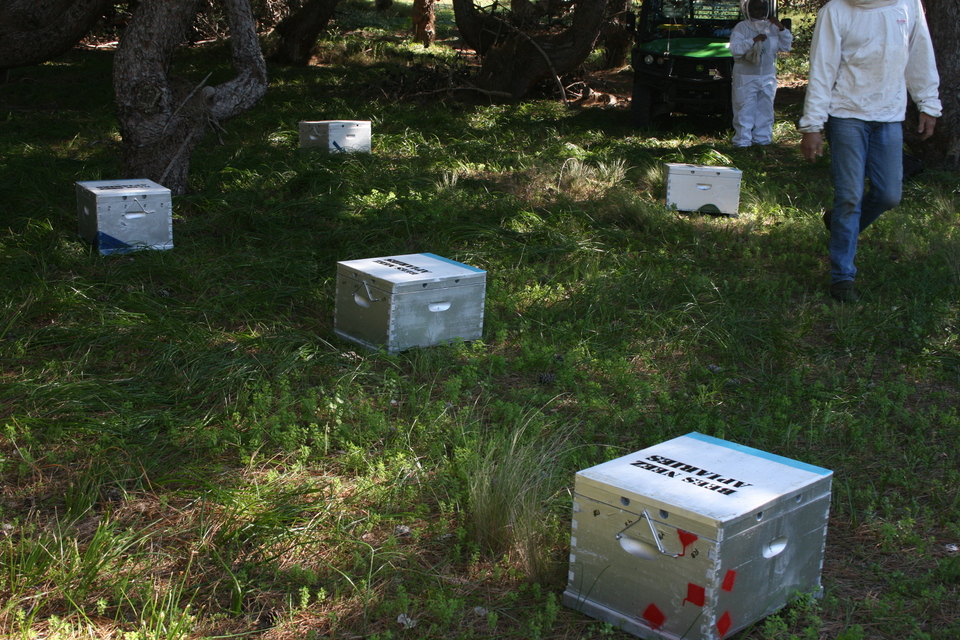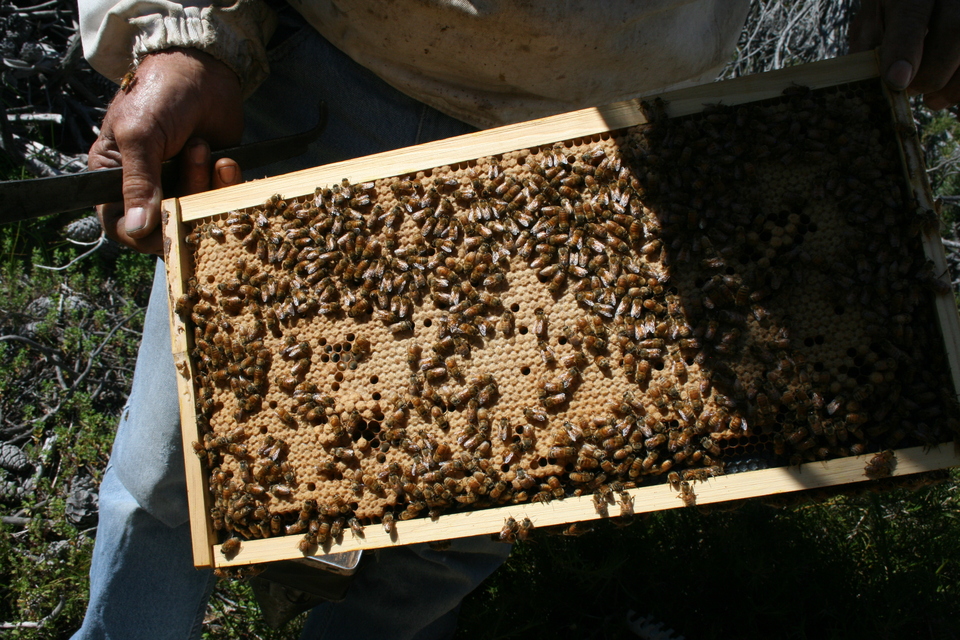Written by Leilani and Dave Leyland
The importance of good queen bees is paramount to any successful beekeeping operation.
Western Australia has the longest running Honey Bee breeding program in Australia. Established by the State’s Agriculture Department after the borders were closed to bee product importation in 1979. The program was sold onto a commercial group of eight apiarists in 1991 and named Better Bees WA. Since then the queen bee breeding program has continued using isolated mating techniques with poignancy evaluation subjected to commercial conditions. Two traits have dominated the breeding strategy, production (principally honey) and temperament (docility). The success of the program has been important for honeybee product production as well as pollination services and is well known across the WA industry.
Dave Leyland from Bees Neez Apiaries was one of the apiarists invited to join the program in 1997. The program now has 12 apiarists involved and each Spring they begin the process of getting their hives ready for the mating program. This generally commences in Mid August where the beekeeper puts special frames called Drone comb into specific hives which encourages the Queen to lay the eggs into these cells which will then hatch into drone (male) bees, the worker bees (female) feed the larvae once the egg hatches with bee bread (a mixture of pollen and nectar).
Beekeepers take the beehives with the drones to Rottnest Island in early September, then they graft the queen cells on the mainland from selected queen mother hives, to be taken in small nucleus colonies to Rottnest in mid September. Rottnest Island is an ideal spot as it is far enough away from the mainland so as not to risk cross breeding from feral bees (escaped swarms of European honeybees) that inhabit our forests. After a period of 3 weeks the drones and queens will have mated and the hives are collected and brought back to the mainland where the queens are marked and one wing is clipped, this is so she can be identified throughout the year to ensure she is the original mated queen.
The apiarist will then transfer these queens into production hives where they continue to be assessed for their potential as breeder hives. Generally, the qualities the beekeeper will look for are good honey production and temperament then continue to breed from them to maintain good stocks and genetics for their own businesses. If conditions are good some beekeepers are able to sell these queens to other beekeepers both in WA and in the Eastern States.


If you would like more information on beekeeping or how to get started visit our Farming Champions at BICWA
Got your hands on some tasty honey? Try this honey cake recipe




